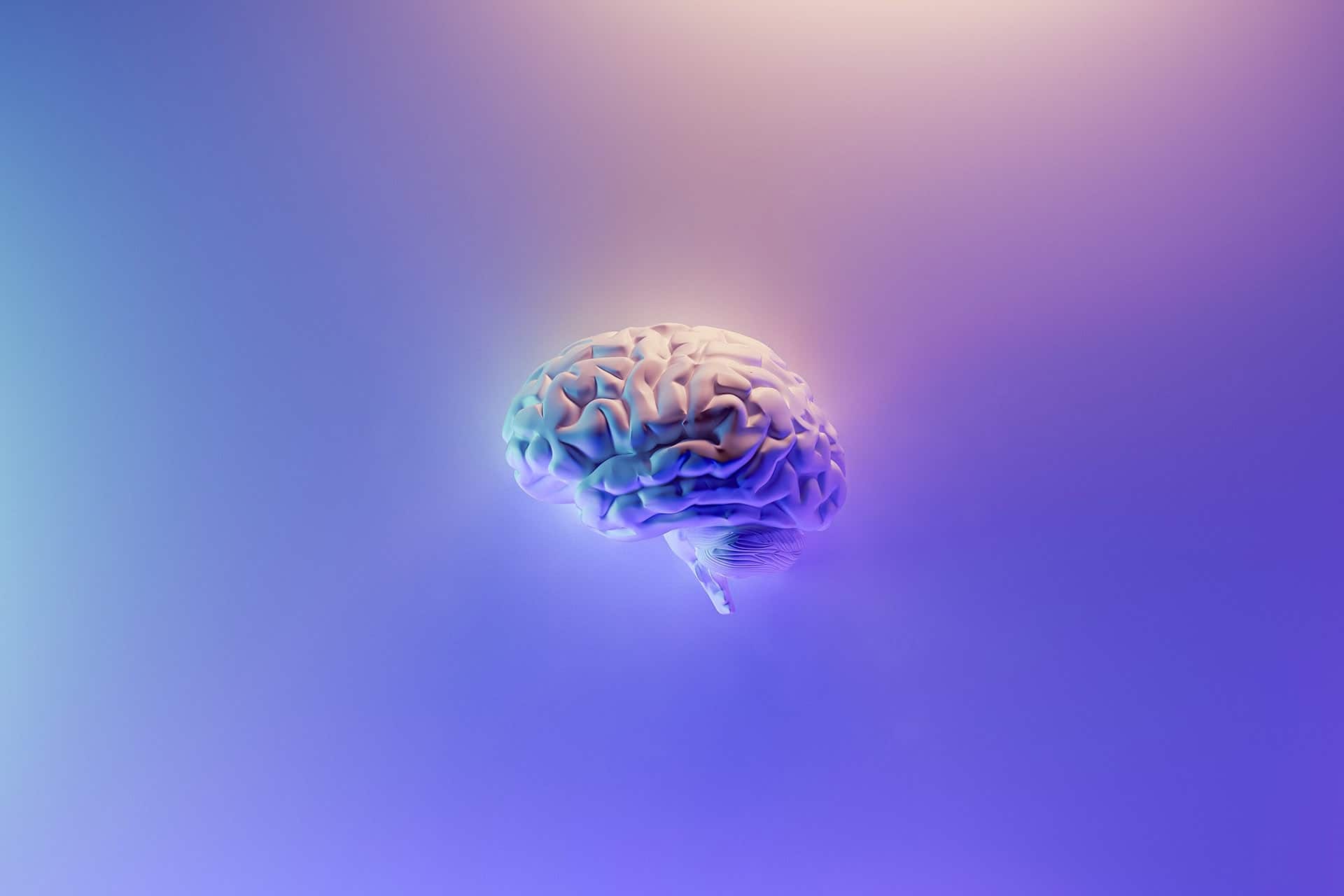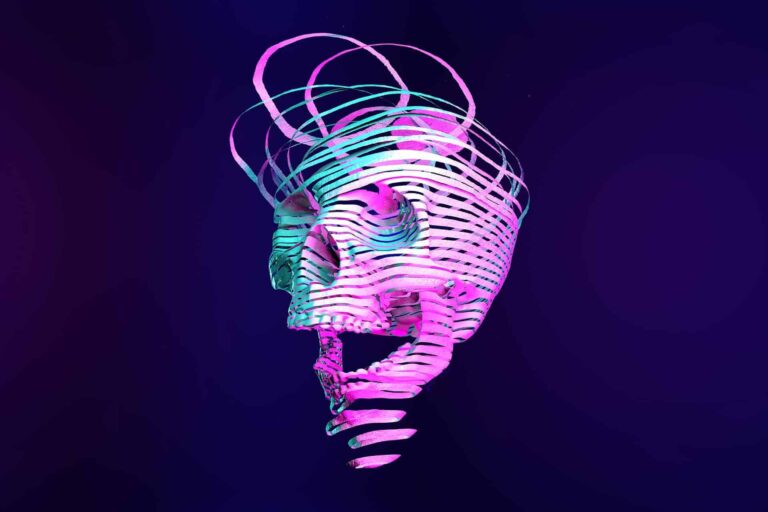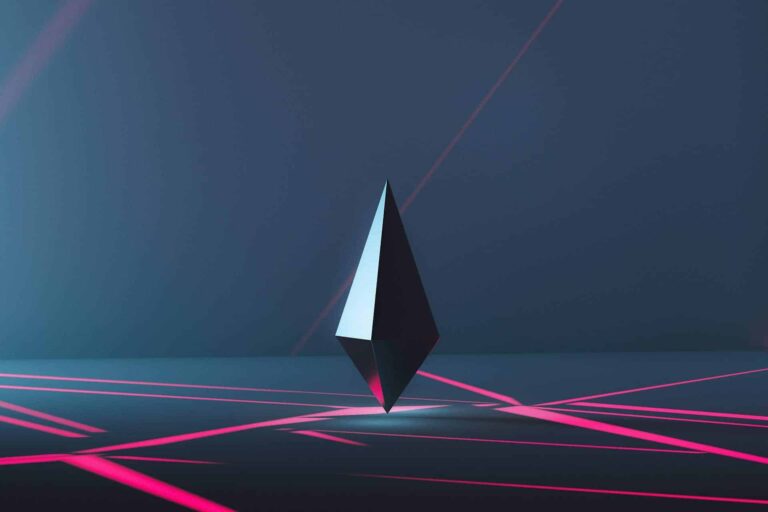What is the Fourth Industrial Revolution?
What is the Fourth Industrial Revolution?
The Fourth Industrial Revolution (4IR), often referred to as Industry 4.0, marks a transformative era characterized by the fusion of advanced digital, biological, and physical technologies. This revolution builds on previous industrial shifts but extends far beyond automation, fundamentally reshaping industries, economies, and even society itself.
The Evolution of Industrial Revolutions: A Quick Overview
Before diving into the Fourth Industrial Revolution, let’s briefly review the journey through the previous three:
- First Industrial Revolution: In the late 18th century, mechanical innovations like the steam engine and mechanized weaving transformed manufacturing.
- Second Industrial Revolution: Around the turn of the 20th century, electricity and mass production emerged, along with innovations in transportation and communication.
- Third Industrial Revolution: Beginning in the 1950s, digital computing, automation, and information technology (IT) introduced the world to new levels of productivity.
With each revolution, technological advancements drove unprecedented changes in how we live and work. The Fourth Industrial Revolution builds on these advancements, introducing profound technological innovations.
Key Technologies Driving the Fourth Industrial Revolution
The Fourth Industrial Revolution integrates several emerging technologies that work synergistically. Here are some of the key technologies that are shaping Industry 4.0:
- Artificial Intelligence (AI): AI enables machines to learn from data, improve over time, and perform complex tasks with minimal human intervention. Applications include predictive analytics, natural language processing, and decision-making systems.
- Internet of Things (IoT): IoT connects everyday devices to the internet, allowing data sharing and remote control. IoT technology is integral in smart cities, healthcare, and industrial automation.
- Blockchain Technology: Known for its role in cryptocurrency, blockchain also provides secure, decentralized solutions for data management, enhancing transparency in industries like finance, logistics, and healthcare.
- Robotics and Automation: Modern robots are more adaptable and intelligent, working alongside humans in industries such as manufacturing, logistics, and even healthcare, where they perform tasks from production to complex surgeries.
- 3D Printing (Additive Manufacturing): 3D printing allows for customized production, revolutionizing industries like healthcare with printed prosthetics and aerospace with lighter, stronger parts.
- Augmented Reality (AR) and Virtual Reality (VR): These immersive technologies enhance real and simulated environments, useful in applications like virtual training, remote diagnostics, and interactive retail experiences.
Impacts of the Fourth Industrial Revolution on Various Sectors
The effects of Industry 4.0 are profound and varied across industries:
- Manufacturing: Smart factories, or “digital twins,” use IoT, AI, and robotics to optimize production, reduce waste, and allow real-time monitoring and quality control.
- Healthcare: With AI-powered diagnostics, wearable technology, and personalized medicine, healthcare is becoming more efficient and accessible, improving outcomes and cutting costs.
- Finance: Blockchain technology and digital finance transform banking, enabling faster transactions, increased transparency, and secure record-keeping.
- Retail: E-commerce platforms use AI-driven analytics, IoT for inventory management, and VR for virtual try-ons, making retail experiences more customized and efficient.
- Agriculture: Precision agriculture and IoT technology help monitor crop health, automate irrigation, and improve yield, promoting sustainable farming practices.
Challenges and Ethical Concerns of the Fourth Industrial Revolution
While the Fourth Industrial Revolution promises tremendous benefits, it also raises some important challenges:
- Privacy and Security: As more devices connect to the internet, data security is paramount. Safeguarding personal information and mitigating cyber threats is crucial in a hyperconnected world.
- Job Displacement: Automation and AI may reduce demand for certain jobs, creating a need for workforce upskilling to support new, technology-driven roles.
- Ethics in AI and Automation: The increased reliance on AI for decision-making poses ethical questions regarding bias, accountability, and the role of humans in overseeing these systems.
How to Prepare for the Fourth Industrial Revolution
To thrive in the era of Industry 4.0, individuals and organizations must embrace continuous learning and adaptability:
- Upskill and Reskill: As technology changes, the demand for skills in data analysis, AI, robotics, and cybersecurity is rapidly increasing.
- Embrace Lifelong Learning: Courses, certifications, and online resources help individuals and professionals stay updated on the latest advancements and applications of these technologies.
- Adopt a Growth Mindset: Businesses and individuals should adopt a growth-oriented mindset to remain resilient and flexible in adapting to new technologies and shifts in the market.
The Future of the Fourth Industrial Revolution
The Fourth Industrial Revolution has only just begun. As technologies evolve and integrate further into our daily lives, their impacts will likely deepen, fostering innovation, economic growth, and global connectivity. The possibilities are exciting, and by staying informed, individuals and businesses can harness the full potential of these advancements.
Conclusion
The Fourth Industrial Revolution is a monumental shift that merges physical and digital realms, transforming how we work, live, and interact with technology. Its technologies are enabling new efficiencies, fostering creativity, and offering solutions to global challenges. While Industry 4.0 brings challenges, it also holds opportunities for those willing to learn, adapt, and innovate in an increasingly digital world.


